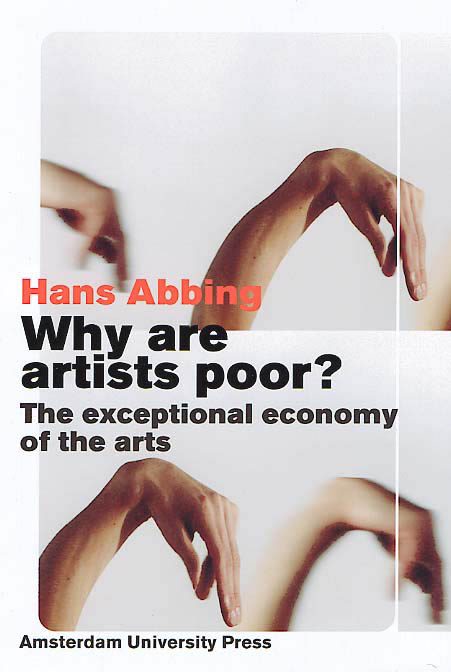David Graeber: Debt: The First 5,000 Years (2011–) [EN, CZ, RU]
Filed under book | Tags: · anthropology, capitalism, debt, economics, economy, finance, financial crisis, history, market, money, politics, revolution

“Before there was money, there was debt.
Every economics textbook says the same thing: Money was invented to replace onerous and complicated barter system–to relieve ancient people from having to haul their goods to market. The problem with this version of history? There’s not a shred of evidence to support it.
Here anthropologist David Graeber presents a stunning reversal of conventional wisdom. He shows that for more than 5,000 years, since the beginning of the agrarian empires, humans have used elaborate credit systems. It is in this era, Graeber shows, that we also first encounter a society divided into debtors and creditors.
With the passage of time, however, virtual credit money was replaced by gold and silver coins–and the system as a whole began to decline. Interest rates spiked and the indebted became slaves. And the system perpetuated itself with tremendously violent consequences, with only the rare intervention of kings and churches keeping the system from spiraling out of control. Debt: The First 5,000 Years is a fascinating chronicle of this little known history–as well as how it has defined human history, and what it means for the credit crisis of the present day and the future of our economy.”
Publisher Melville House, July 2011
ISBN 1933633867, 9781933633862
542 pages
Original essay (Mute, February 2009)
Illustrated essay with excerpts from the book (Triple Canopy, July 2010)
Video interview on Greece (Democracy Now!, July 2011)
Video interview (PBS: Need to Know, August 2011)
Review: Maryam Monalisa Gharavi (Social Text, 2011).
Debt: The First 5,000 Years (English, 2011, updated on 2020-4-10)
Dluh: prvních 5000 let (Czech, trans. Lenka Beranová, 2012, 71 MB, added on 2020-4-10)
Dolg: pervyye 5000 let istorii (Russian, trans. A. Dunayev, 2015, 18 MB, added on 2020-4-10)
Gérard Duménil, Dominique Lévy: The Crisis of Neoliberalism (2011)
Filed under book | Tags: · 2000s, capitalism, economy, finance, financial crisis, globalisation, money, neoliberalism, politics

This book examines “the great contraction” of 2007–2010 within the context of the neoliberal globalization that began in the early 1980s. This new phase of capitalism greatly enriched the top 5 percent of Americans, including capitalists and financial managers, but at a significant cost to the country as a whole. Declining domestic investment in manufacturing, unsustainable household debt, rising dependence on imports and financing, and the growth of a fragile and unwieldy global financial structure threaten the strength of the dollar. Unless these trends are reversed, the authors predict, the U.S. economy will face sharp decline.
Summarizing a large amount of troubling data, the authors show that manufacturing has declined from 40 percent of GDP to under 10 percent in thirty years. Since consumption drives the American economy and since manufactured goods comprise the largest share of consumer purchases, clearly we will not be able to sustain the accumulating trade deficits.
Rather than blame individuals, such as Greenspan or Bernanke, the authors focus on larger forces. Repairing the breach in our economy will require limits on free trade and the free international movement of capital; policies aimed at improving education, research, and infrastructure; reindustrialization; and the taxation of higher incomes.
Publisher Harvard University Press, 2011
ISBN 0674049888, 9780674049888
400 pages
Interview with Gérard Duménil: Part 1, Part 2 (The Real News Network)
authors (incl. additional material)
publisher
google books
Hans Abbing: Why Are Artists Poor? The Exceptional Economy of the Arts (2002)
Filed under book | Tags: · aesthetics, art, art criticism, art history, economics, gift economy, market, money, netherlands

“Most artists earn very little. Nevertheless, there is no shortage of aspiring young artists. Do they give to the arts willingly or unknowingly? Governments and other institutions also give to the arts, to raise the low incomes. But their support is ineffective: subsidies only increase the artists’ poverty.
The economy of the arts is exceptional. Although the arts operate successfully in the marketplace, their natural affinity is with gift-giving, rather than with commercial exchange. People believe that artists are selflessly dedicated to art, that price does not reflect quality, and that the arts are free. But is it true?
This unconventional multidisciplinary analysis explains the exceptional economy of the arts. Insightful illustrations from the practice of a visual artist support the analysis.”
Publisher Amsterdam University Press, 2002
Open access
ISBN 9053565655, 9789053565650
367 pages
PDF (updated on 2019-12-12)
Comments (3)
